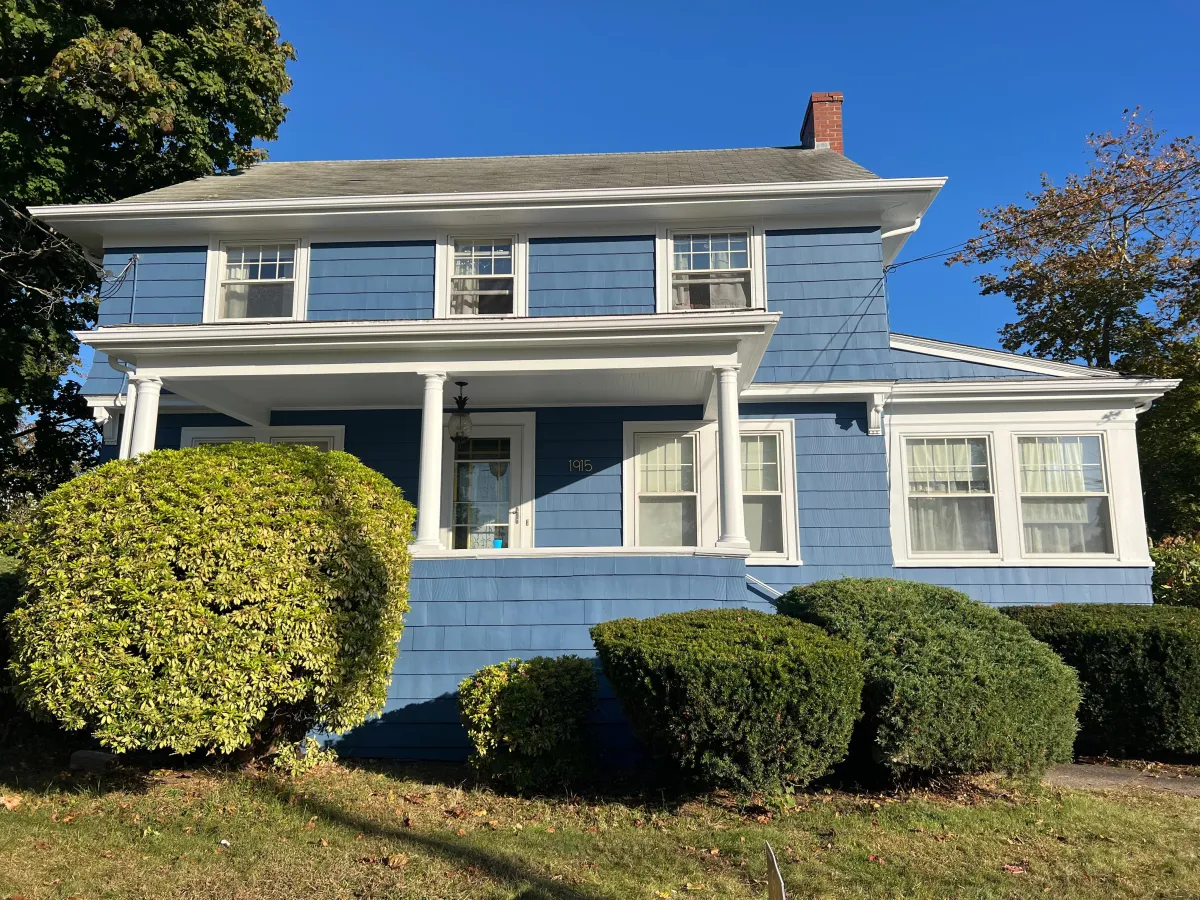
How long does primer take to dry? | Pessotti Construction
So you're ready to paint, but first comes the crucial step: priming. primer creates a smooth, uniform surface for paint to adhere to, ensuring a professional-looking and long-lasting finish. But how long do you actually need to wait for that primer to dry before you can start painting? Rushing this step can lead to peeling, bubbling, or an uneven finish, wasting your time and effort.
Understanding primer drying times is key to a successful paint job. the time it takes can vary significantly based on the type of primer, environmental conditions, and how it's applied. Let's break down what you need to know, especially for painting projects here in Fall River, MA.
Why primer matters before painting?
Primer isn't just an extra coat; it serves several important functions:
Adhesion: It helps paint stick better to the surface, especially tricky ones like glossy paint, metal, or plastic.
Sealing: It seals porous surfaces like new drywall or wood, preventing the paint from soaking in unevenly.
Blocking stains: Stain-blocking primers prevent issues like water stains, smoke damage, or wood tannins from bleeding through the topcoat.
Color uniformity: It provides a neutral base, ensuring the true color of your paint shines through, especially when painting over dark colors.
Improved durability: A properly primed surface leads to a more durable and longer-lasting paint job.
Skipping primer might seem like a time-saver, but it often leads to subpar results and potential problems down the road.
Average drying time for different primer types
Not all primers are created equal, and their drying times differ:
Latex-Based Primers (Water-Based): These are the most common for general interior and exterior use. They typically dry to the touch within 30 minutes to 1 hour and are usually ready for recoating (applying paint) in 1 to 3 hours. They are low-odor and easy to clean up with soap and water.
Oil-Based Primers (Alkyd): Excellent for blocking stains (water, smoke, tannins) and priming wood, metal, or surfaces with existing oil-based paint. They take longer to dry, typically needing 6 to 8 hours (or even up to 24 hours) before they are ready for paint. They have a stronger odor and require mineral spirits for cleanup.
Shellac Primers: These are fantastic stain blockers, especially for severe stains like smoke damage, knots in wood, and persistent odors. They dry very quickly, often ready for paint in about 45 minutes to 1 hour. However, they have a strong alcohol smell and require denatured alcohol for cleanup.
Always check the manufacturer's instructions on the can, as specific formulations can vary.
Factors that affect drying time
Several factors can influence how quickly your primer dries:
Temperature and Humidity: This is a big one, especially in Fall River's variable climate. Primer dries fastest in warm, dry conditions (ideally 50-85°F or 10-29°C). High humidity significantly slows drying time, as does cold weather. Avoid priming if rain is expected or humidity is very high.
Surface Type: Porous surfaces like bare wood or drywall might absorb primer more quickly, affecting initial drying, while non-porous surfaces like metal or glossy paint will rely solely on evaporation.
Thickness of Application: Applying primer too thickly will dramatically increase drying time. It's better to apply thin, even coats. If a second coat of primer is needed, ensure the first is dry according to instructions.
Airflow: Good ventilation helps speed up drying by carrying away moisture or solvents. Using fans (pointed away from the surface initially to avoid dust) or opening windows (if humidity isn't too high) can help.
How to know when primer is ready for paint?
Dry to the Touch: This means the surface isn't tacky when lightly touched. However, "dry to the touch" doesn't always mean it's ready for paint.
Recoat Time: The manufacturer's label will specify the minimum time needed before applying the topcoat. This is the most reliable indicator. •
Sanding Test (if applicable): If you need to sand the primer for a smoother finish, it should produce a fine powder when sanded. If it gums up on the sandpaper, it's not fully cured.
Waiting the recommended time is crucial for proper adhesion of the paint.
Tips to speed up drying time
While you can't rush the chemical process entirely, you can create optimal conditions:
Control the Environment: Use heaters in cold weather or dehumidifiers in humid conditions. Ensure good airflow with fans.
Apply Thin Coats: Avoid applying primer too heavily.
Choose the Right Primer: If speed is critical, a shellac or fast-drying latex primer might be suitable, provided it's appropriate for the surface.
Need professional painting help in Fall River, MA?
Getting the priming step right is essential for a flawless paint job. If you're unsure about primer types, drying times, or just want a guaranteed professional finish for your Fall River home, Pessotti Construction is here to help. Our experienced painters understand the nuances of surface preparation and use high-quality materials for lasting results.
Contact Pessotti Construction today for a free estimate on your interior or exterior painting project!
